The cables sheath is used to protect the cable from the external damages and also used to hold the multiple conductors inside the cable together.
In simple terms, the outer layer of a cable is called sheath.
The sheath may be available in two layers in a cable called as Inner sheath and Outer sheath as shown in below figure.
Cables Sheath Material
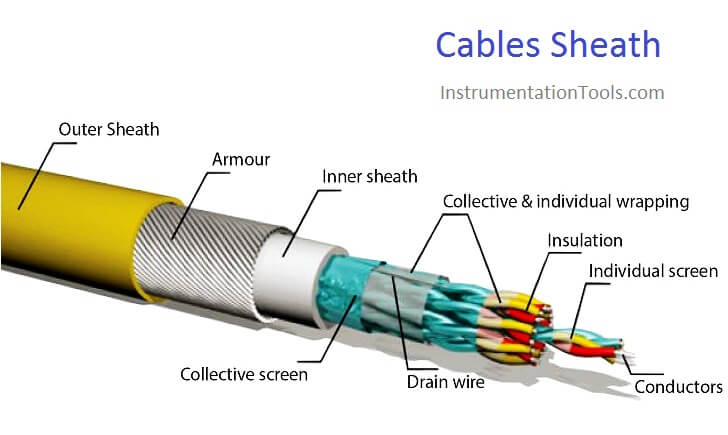
The cable sheath material will be selected based on the usage/application of the cable and it’s operating temperature.
The applicable standard for the selection of the cable sheath material based on the IEC 60092-359 standard.
Different types of cable sheaths are available to use as per the application. The selection of cable sheaths are different for high-voltage, high-current, fire resistant, fire retardant applications etc.
Types of Materials
The following are different types of cable sheath materials:
- Rubber
- Silicone
- Polyvinyl Chloride (PVC)
- Polyethylene (PE)
- Low Smoke & Fume (LSF)
- Low Smoke Halogen Free (LSHF)
- Polytetrafluoroethylene (PTFE)
- Fluorinated Ethylene Propylene (FEP)
- Neoprene
- Polyurethane
Standards
The standards for cable sheath materials are mentioned below:
- IEC 60332-3: Flame Retardant
- IEC 60331: Fire Resistance
- IEC 60134: Low Smoke
- IEC 60092-359: Halogen Free SHF 2
Read Next:
- Basics of Cable Shields
- Instrument Cable Routing
- Thermocouple Selection
- Select a Pressure sensor
- Cable Shielding with Ferrites

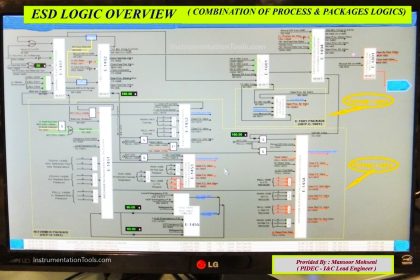
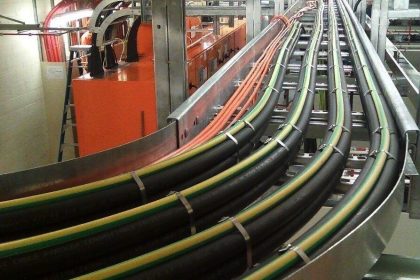


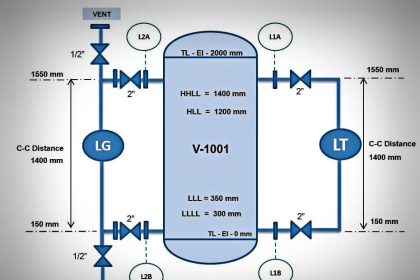

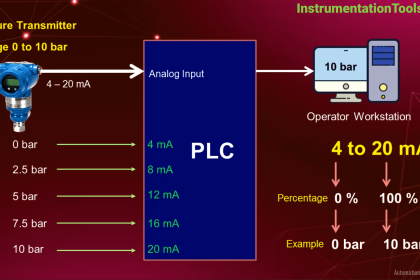

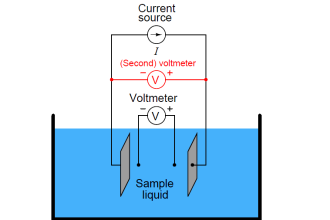

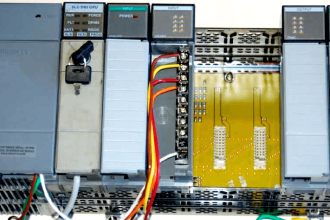

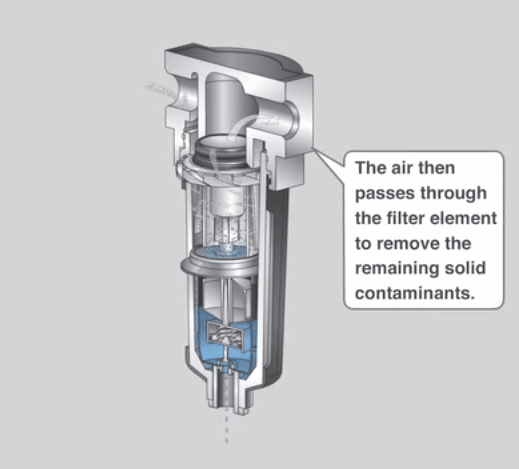
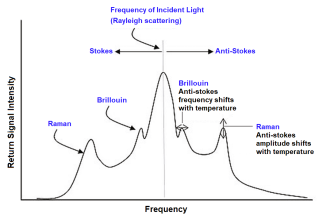
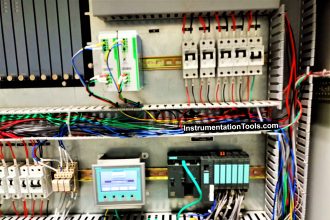

BS EN 50288-7 allows both Lead sheath and multi-layer sheathing, if i will use multi-layer sheath for control cable what will the disadvantage?
when i can use multi-layer sheath instead of Lead sheath?